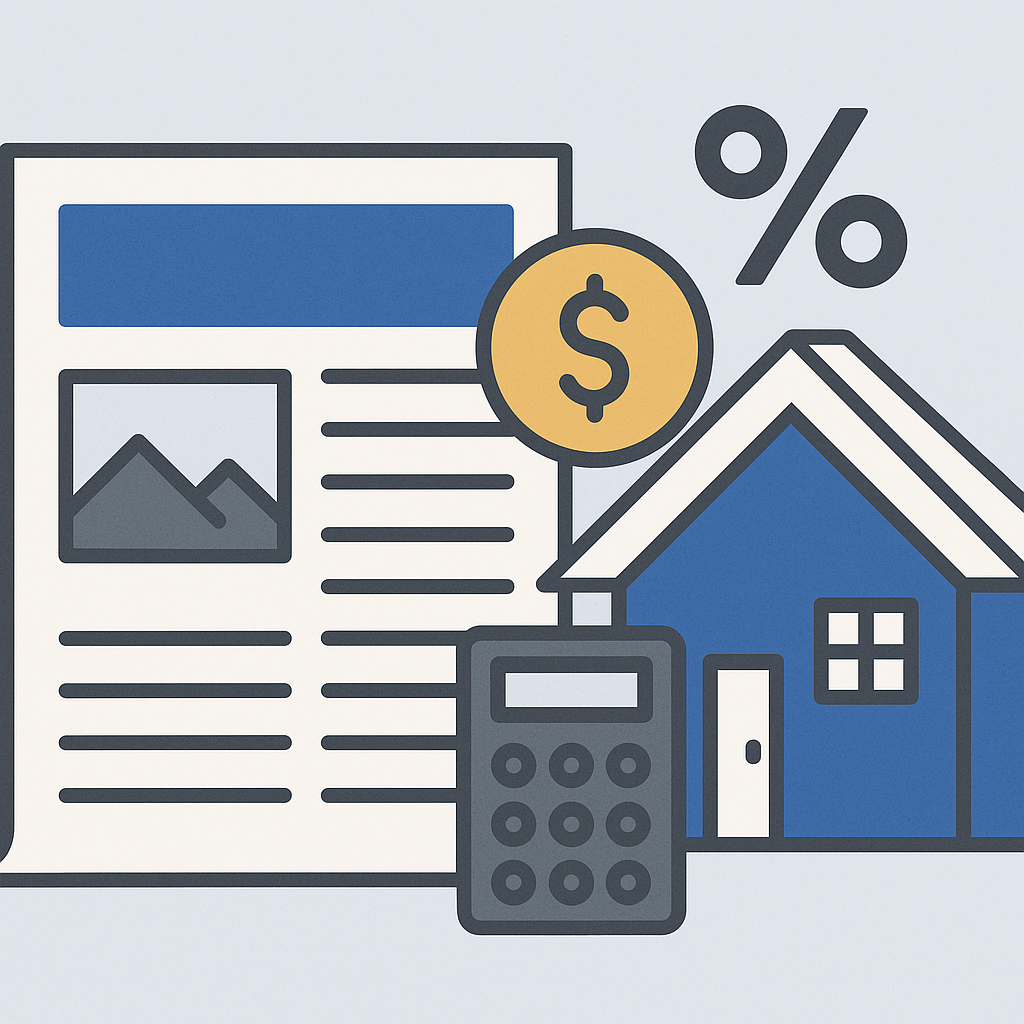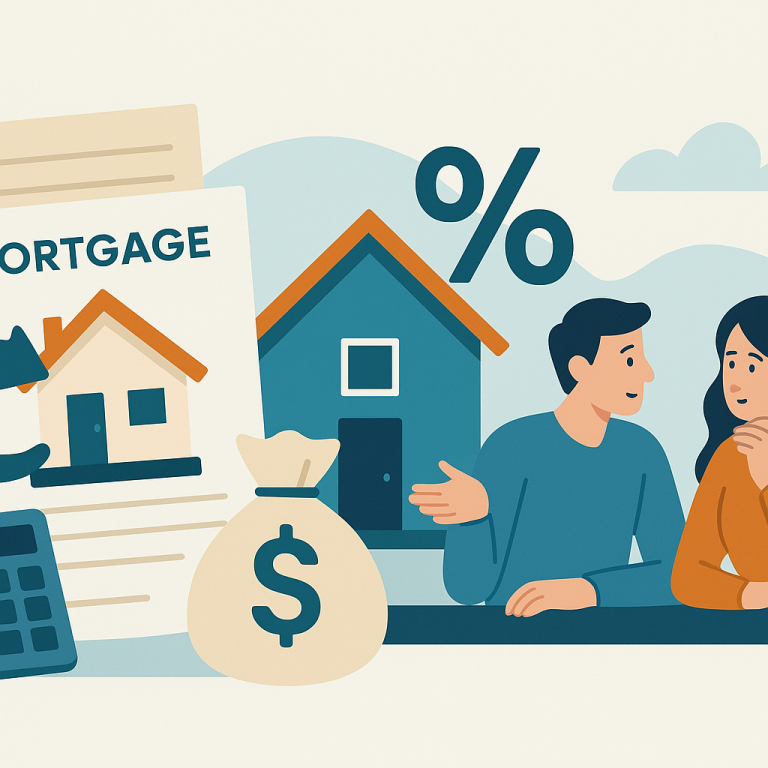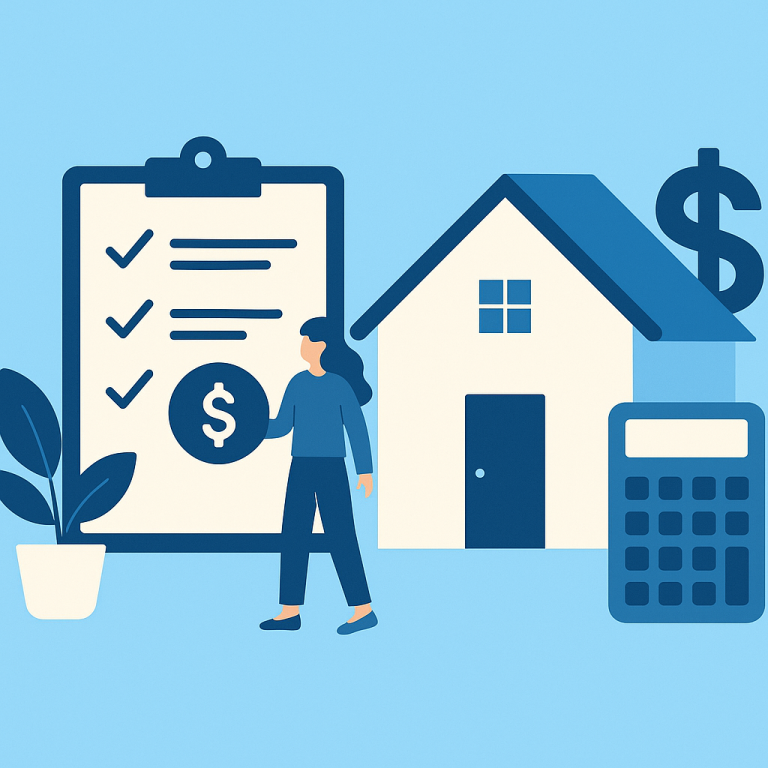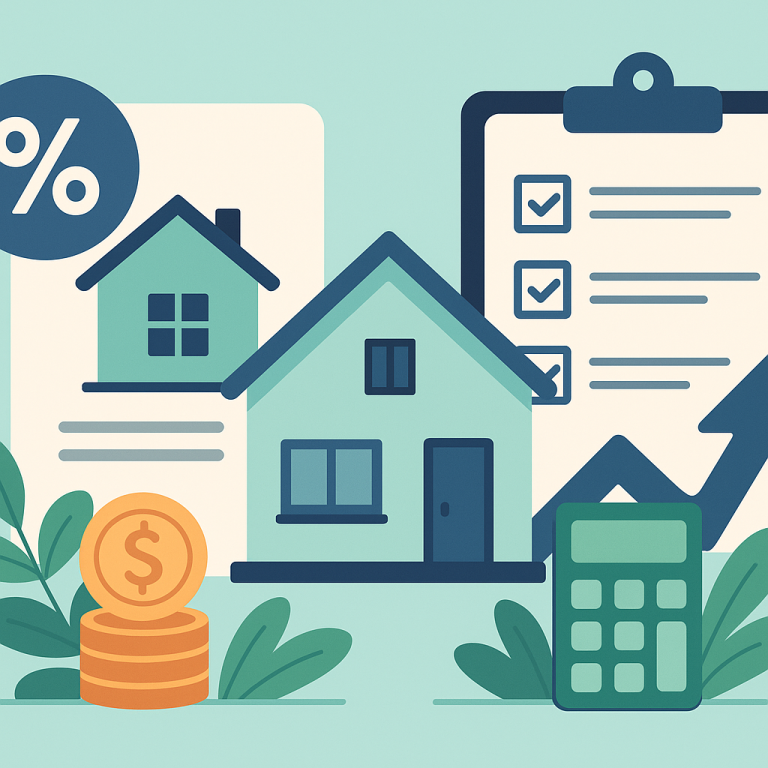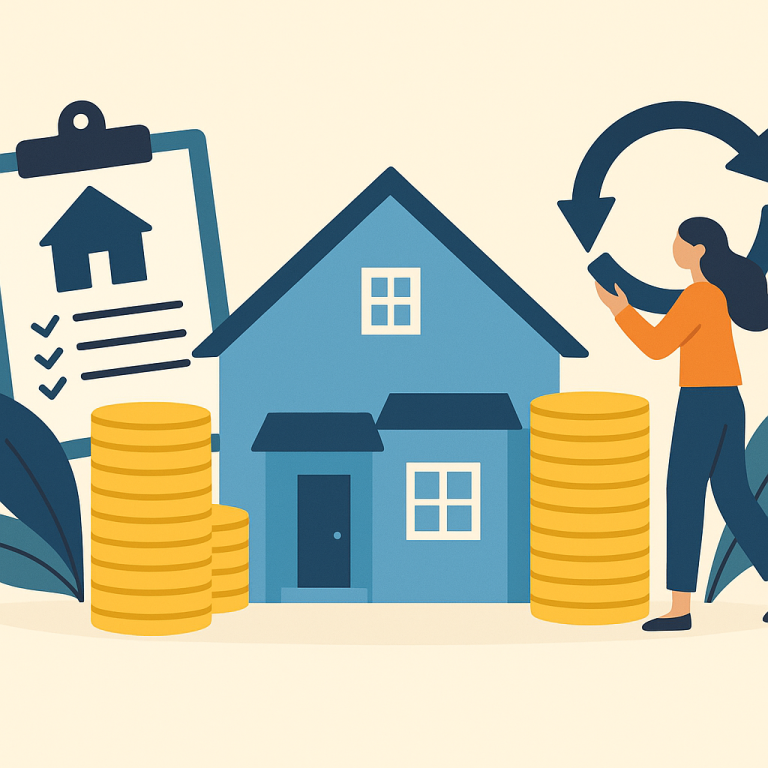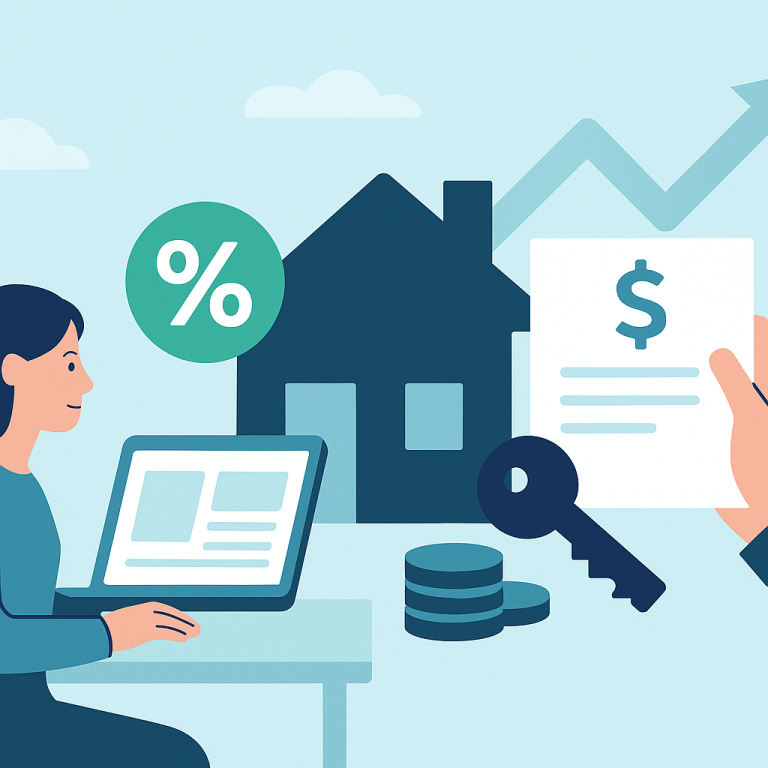Mortgage Refinance Rates Fall 0.25 Point, Applications Rise 22% This Week
Refinance Activity Softens as Rate Volatility Narrows Opportunities
Mortgage refinance activity has eased as recent interest rate volatility and higher rate levels have reduced the pool of homeowners who clearly benefit from refinancing. While lenders continue to offer a range of products, the decision to refinance increasingly depends on individual loan features, like adjustable-rate mortgages (ARMs) and the homeowner’s time horizon, rather than broad market trends.
Why refinancing demand is changing
After a period of historically low rates, many homeowners who would most benefit from a traditional rate-and-term refinance have already acted. Current market dynamics mean fewer borrowers see an immediate reduction in monthly payments that outweighs closing costs and the time required to recoup those expenses. At the same time, pockets of activity persist where refinancing still offers clear advantages, such as for borrowers with upcoming ARM resets or those needing to access equity through cash-out transactions.
Who should consider refinancing now
- ARM borrowers nearing a reset: Homeowners with adjustable-rate loans scheduled to reprice may find refinancing into a fixed-rate mortgage offers predictable payments and protection against future rate spikes.
- Short-term homeowners with low remaining loan balances: If a homeowner plans to move soon and seeks to reduce monthly payments without extending their loan term significantly, a targeted refinance can still make sense.
- Borrowers needing liquidity: Cash-out refinance or home equity options remain viable for those who need funds for major expenses, though homeowners should weigh the cost of borrowing against other funding sources.
- Those with improved credit or increased equity: Borrowers who have materially improved their credit profile or built substantial equity may qualify for more favorable terms than when they originally borrowed.
Practical steps for homeowners
- Run a breakeven analysis to compare closing costs with expected monthly savings and your anticipated time in the home. It helps determine whether the refinance payoff period aligns with your plans.
- Compare loan options beyond the headline interest rate. Consider loan term, fees, points, and whether a shorter term with a slightly higher payment better meets long-term financial goals.
- Check eligibility factors such as credit score, debt-to-income ratio, and available equity before applying. Preliminary prequalification conversations can save time and reduce unnecessary fees.
- Shop multiple lenders and request Good Faith Estimates to understand the full cost picture. Small differences in fees or points can change the economics of a refinance.
- For homeowners considering cash-out refinances, evaluate alternative liquidity sources, including home equity lines of credit, to ensure the chosen product aligns with cash flow needs and risk tolerance.
Bottom line
Refinancing is no longer a one-size-fits-all decision driven primarily by falling rates. Homeowners should focus on their loan type, timing, and financial objectives when evaluating a refinance. Those with ARMs facing imminent rate resets, borrowers seeking liquidity, or homeowners who have significantly improved their financial profiles remain the most likely to find tangible benefits. A careful cost-benefit analysis, comparison shopping, and alignment with long-term goals will produce the best outcome.
META: topic=refinancing;angle=rate-volatility-and-ARM-opportunities;audience=homeowners;format=news-article

